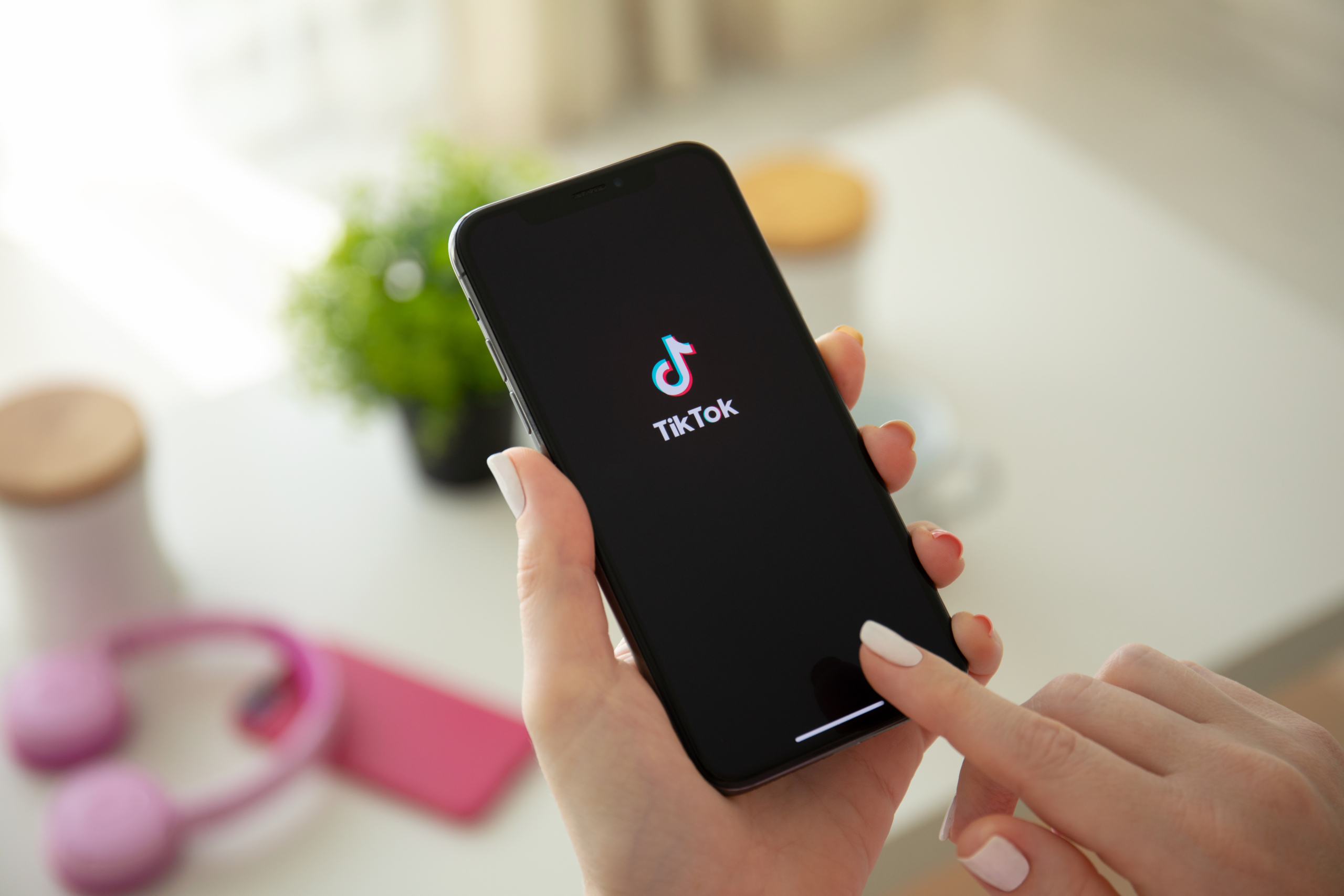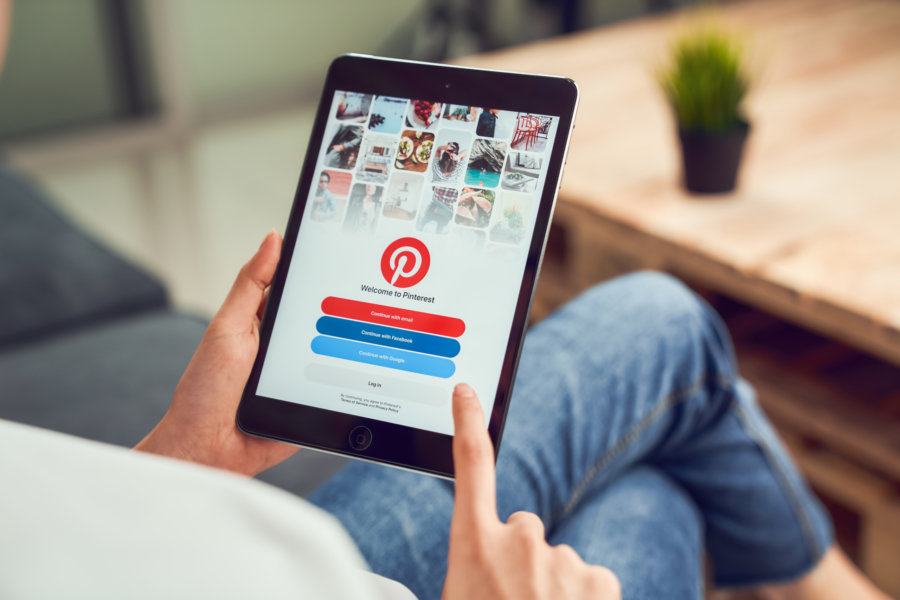The value of social media for businesses continues to grow, especially in light of COVID-19 pandemic. Social media allows for businesses to maintain connections with existing customers and extend their reach to new audiences. With over 2
- Home
- Tag: Content Marketing
Tracking key metrics is crucial for any successful marketing campaign. There are countless KPI’s you could be tracking, but not all are essential. While it does vary from campaign to campaign, we’ve narrowed it down to 7
Promoting your brand through social media has become vital for overall business success. But just being on social channels isn’t enough anymore. The key to real success is through user engagement. This can help increase your brand
TikTok is the fastest growing social media network in the world right now, with the app having been downloaded over 1.5 billion times in the App Store and Google Play. If you’re not already there, you’re probably
With the recent lift of the nation-wide shut down, the country is slowly opening up on a state by state basis, but the majority of businesses still remain physically closed. Due to the uncertainty surrounding the situation,
Right now, everyone is shifting the focus of their content to COVID-19. Rightfully so, as it’s impacting everyone and everything around the world. People are looking for answers and businesses feel compelled to respond. This creates a
Many marketers swear by the use of monthly content calendars. While there are real benefits of using content calendars, they still have their pitfalls. They require a lot of time and effort, and sometimes those things can’t
Infographics are a great marketing tool, as they allow for easy communication of complex ideas in a visual way. Over the past few years, they’ve been forgotten due to the mass production of extremely low quality infographics
Most businesses understand the importance of marketing on Facebook, LinkedIn, Twitter, Instagram, ect. Pinterest is a social platform that’s often overlooked due to the assumption it’s just a place moms go to find recipes and DIY inspiration.
It’s estimated that 50% of searches will be done with voice search in 2020. Optimizing for voice search is no longer a latest marketing trend–it is a necessity. Those who ignore its popularity risk losing a lot















